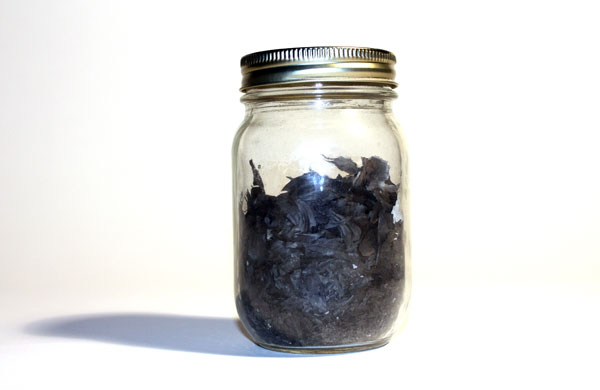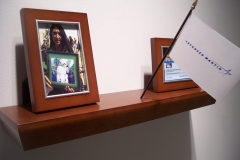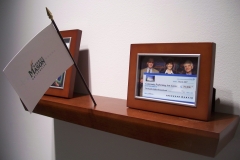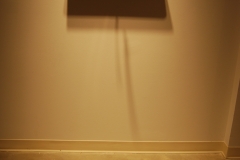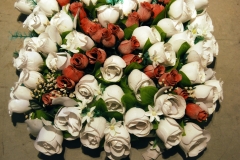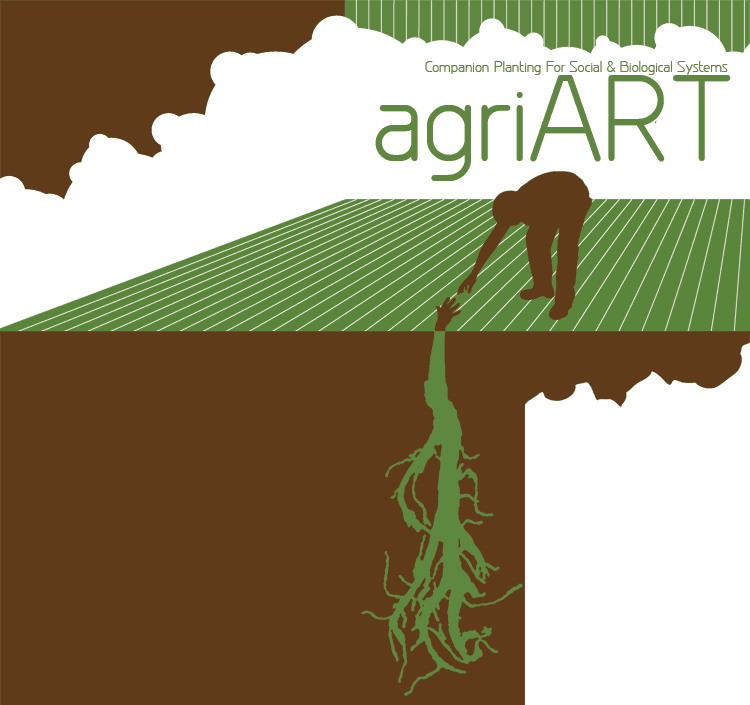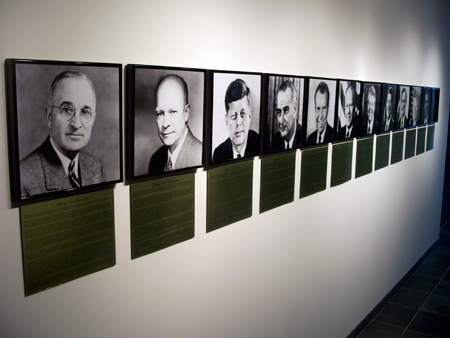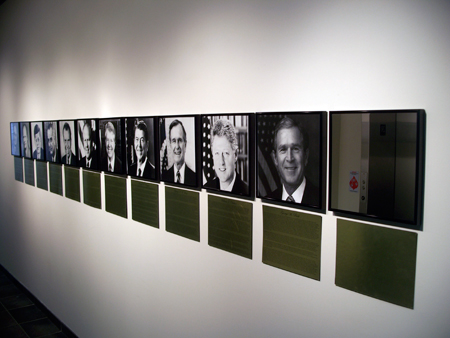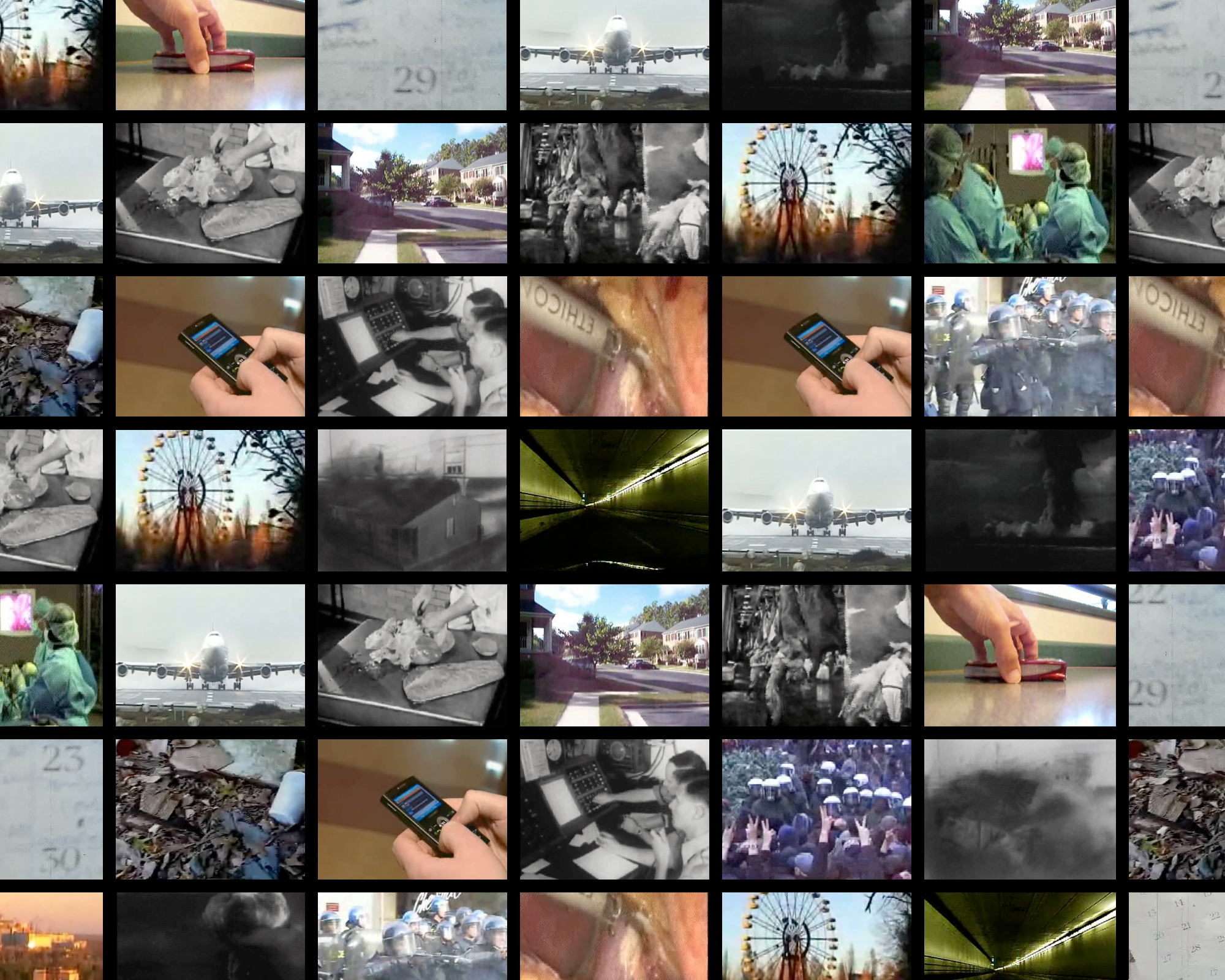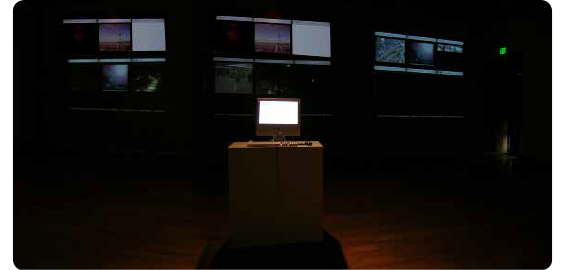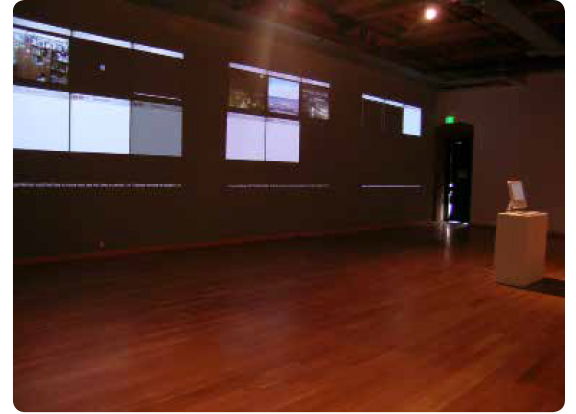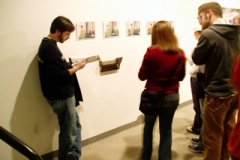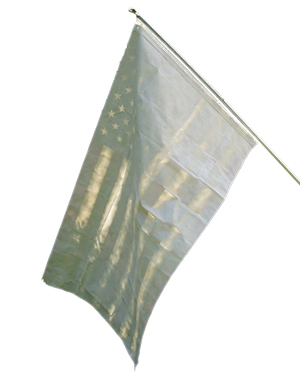May we never forget (who we work for)
2010
Press Release – Hylton Performing Arts Center
LOCKHEED MARTIN PROVIDES $250,000 TOWARD NEW COMMUNITY PERFORMING ARTS CENTER AT GEORGE MASON UNIVERSITY’S PRINCE WILLIAM CAMPUS
Tuesday, March 27, 2007
“MANASSAS, VA, March 27, 2007 — Lockheed Martin recently pledged $250,000 toward the future Community Performing Arts Center that will be built on George Mason University’s Prince William County campus in Manassas, VA.
The Center, a partnership between Prince William County, the city of Manassas and George Mason University, will create the region’s first state-of-the-art performing arts center, housing an 1,100-seat four-story rehearsal and performance space, two other smaller performance venues, and facilities to support the arts both at the university and in the surrounding community. Under the terms of their pledge, Lockheed Martin will provide the university $250,000 in permanent endowment funds to support the Center over five years. Construction of the Center will begin this summer with an anticipated opening in the fall of 2009.
Denise Saiki, vice president and general manager of Lockheed Martin’s Manassas-based business recently presented the company’s first pledge payment to Dr. Alan G. Merten, president of George Mason University at the university’s Prince William campus in Manassas, VA.
“We are delighted to make this contribution to the Community Performing Arts Center,” said Saiki. “This will allow us to help local high school performing arts education programs and local performing arts organizations use the center for their community programs for many years to come.”
“We are thrilled to welcome Lockheed Martin as a founding partner of the Community Performing Arts Center,” said Bill Reeder, Dean, George Mason University College of Visual and Performing Arts. “Lockheed Martin’s leadership gift will make it possible for the Center to design exciting and innovative programs for schools and families to explore the connections between the arts and science.”
The mission of the new Community Performance Arts Center is to provide world class performance facilities for both well-established, high-quality, regional art groups and the many community-based groups that provide opportunities for residents to actively participate in the arts, as well as, arts-related educational opportunities for area schools.
Headquartered in Bethesda, MD, Lockheed Martin employs about 140,000 people worldwide and is principally engaged in the research, design, development, manufacture, integration and sustainment of advanced technology systems, products and services.”
